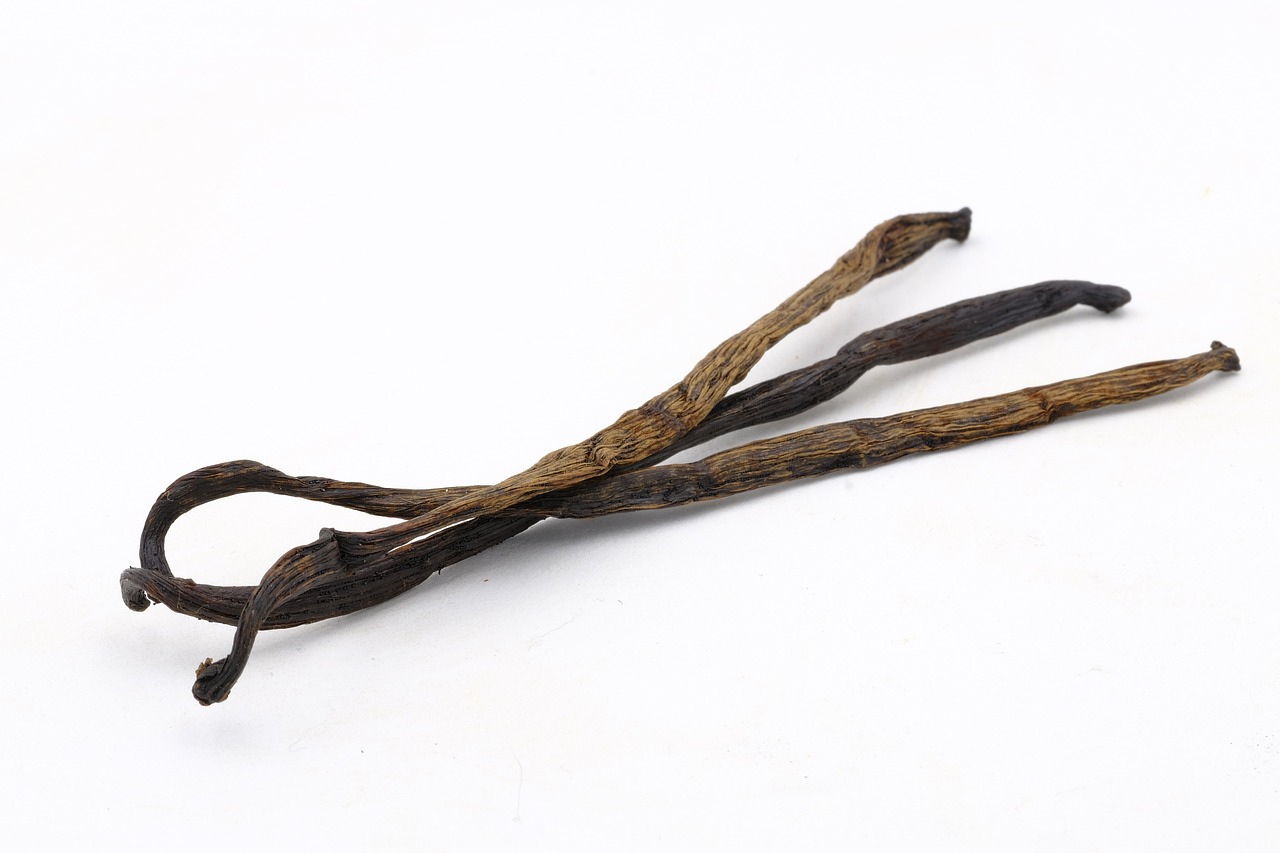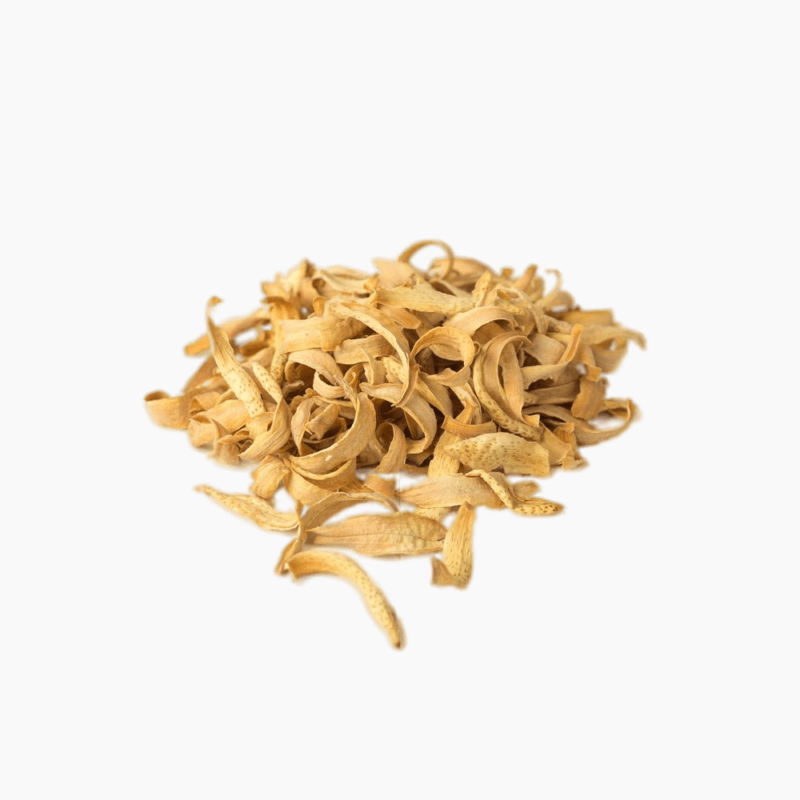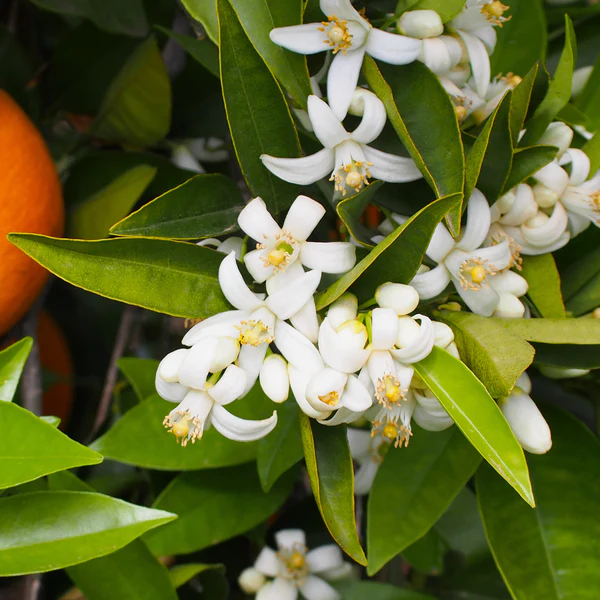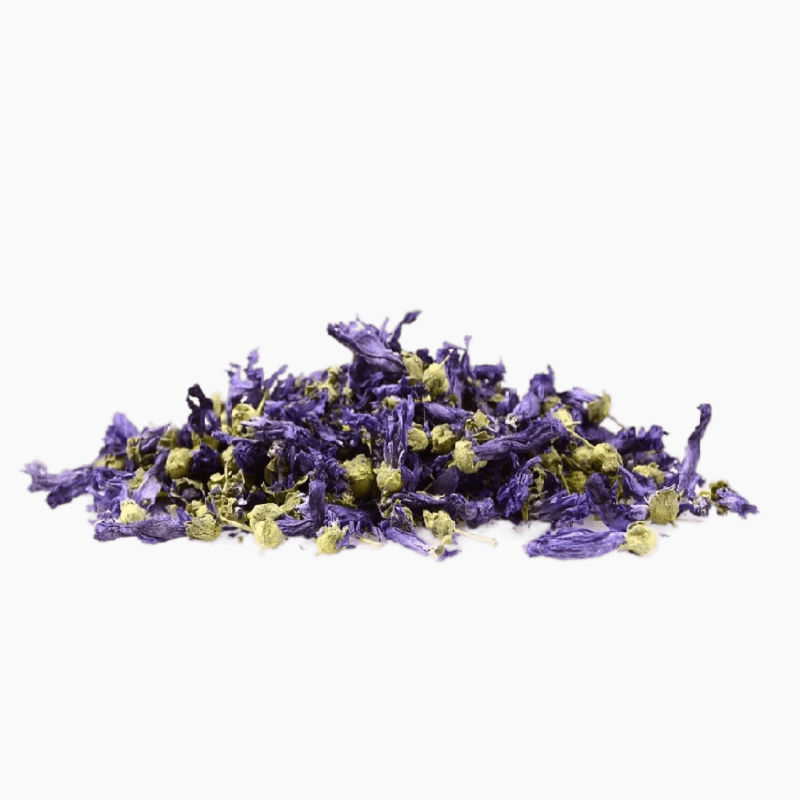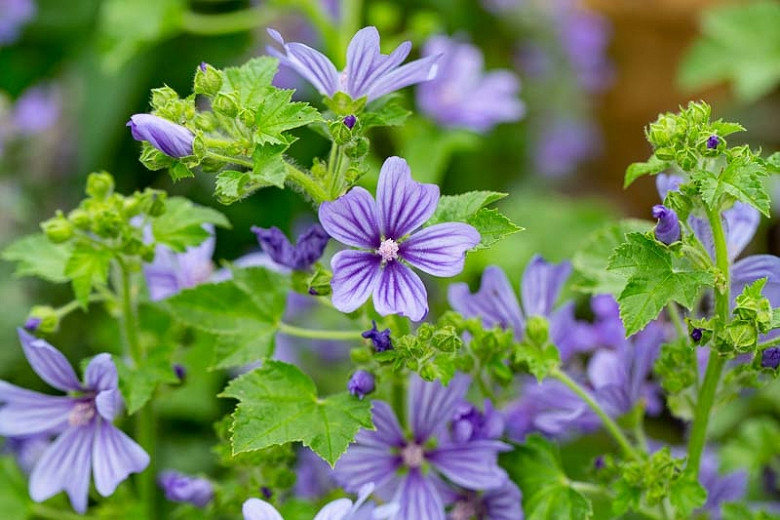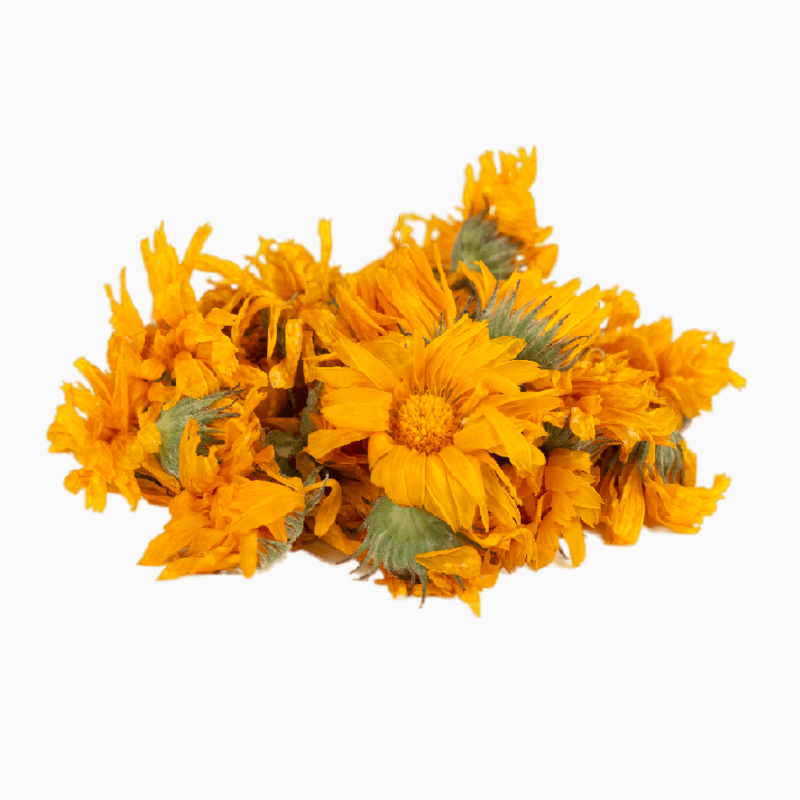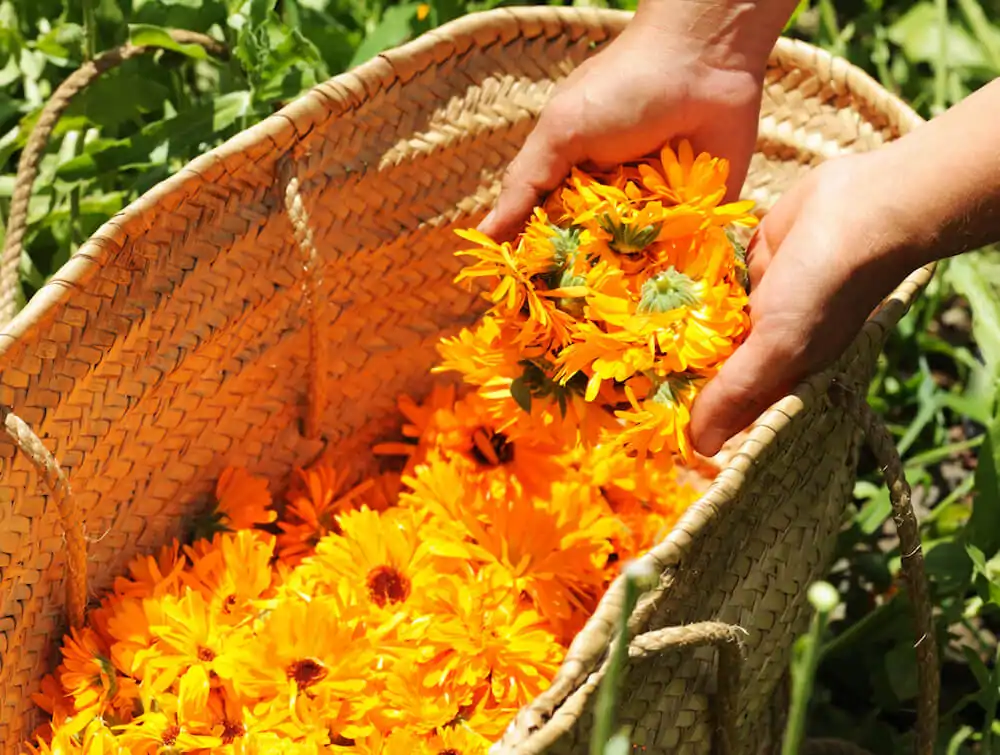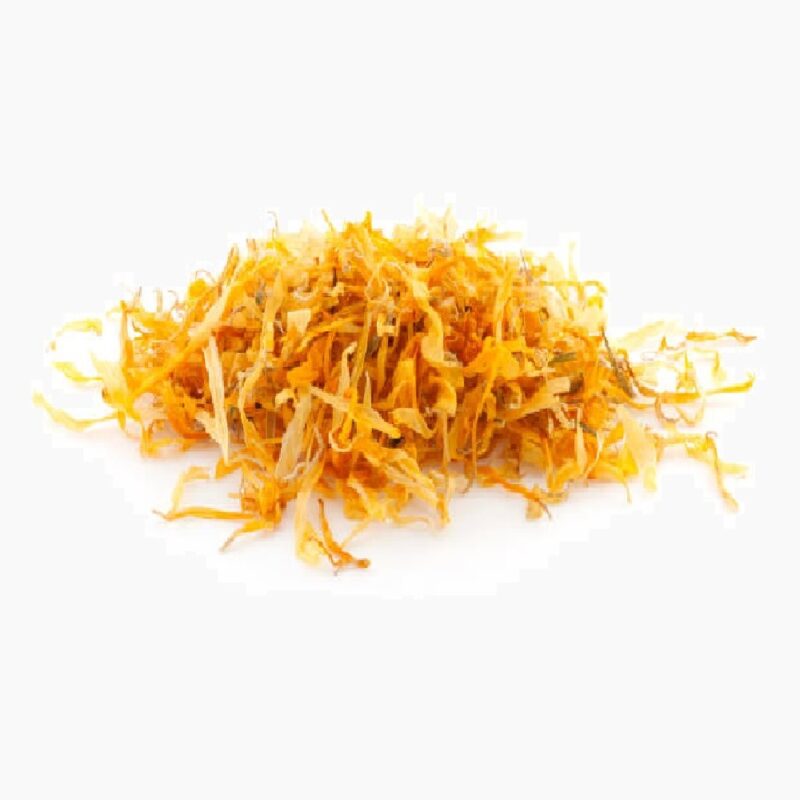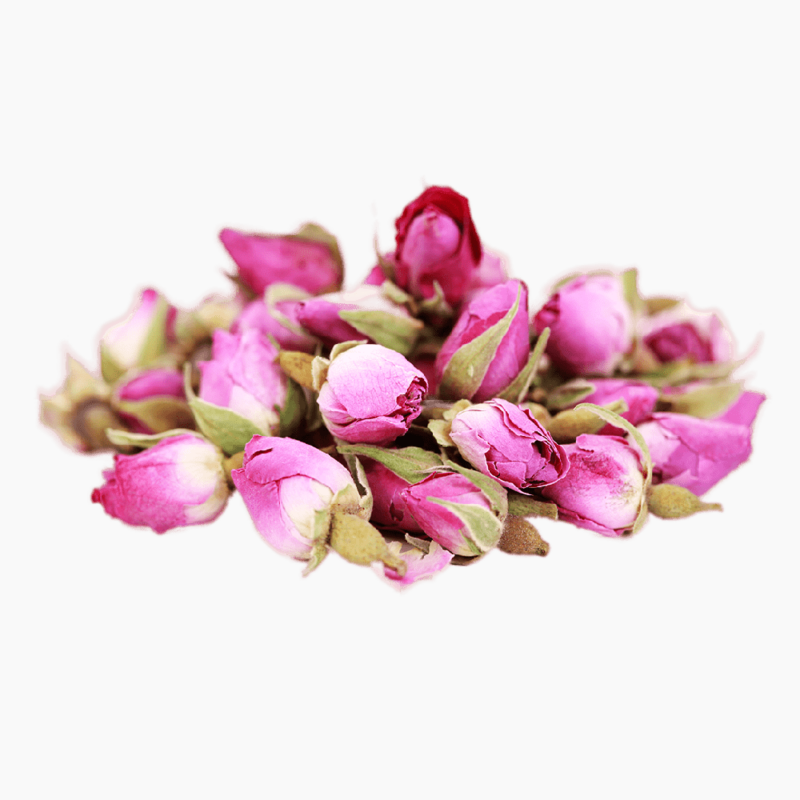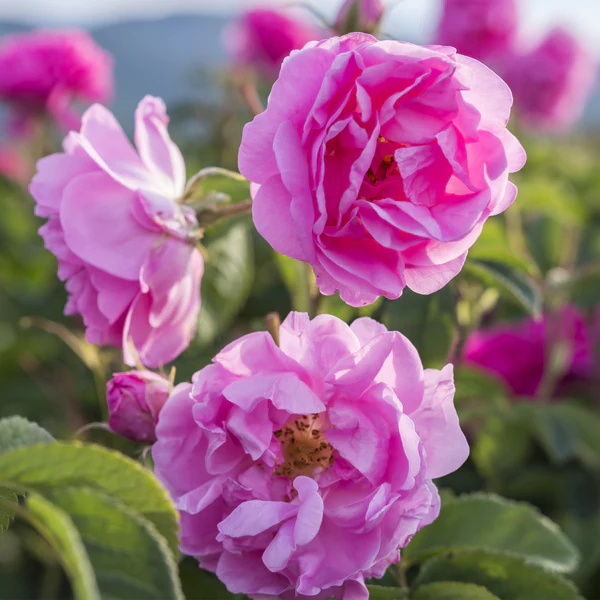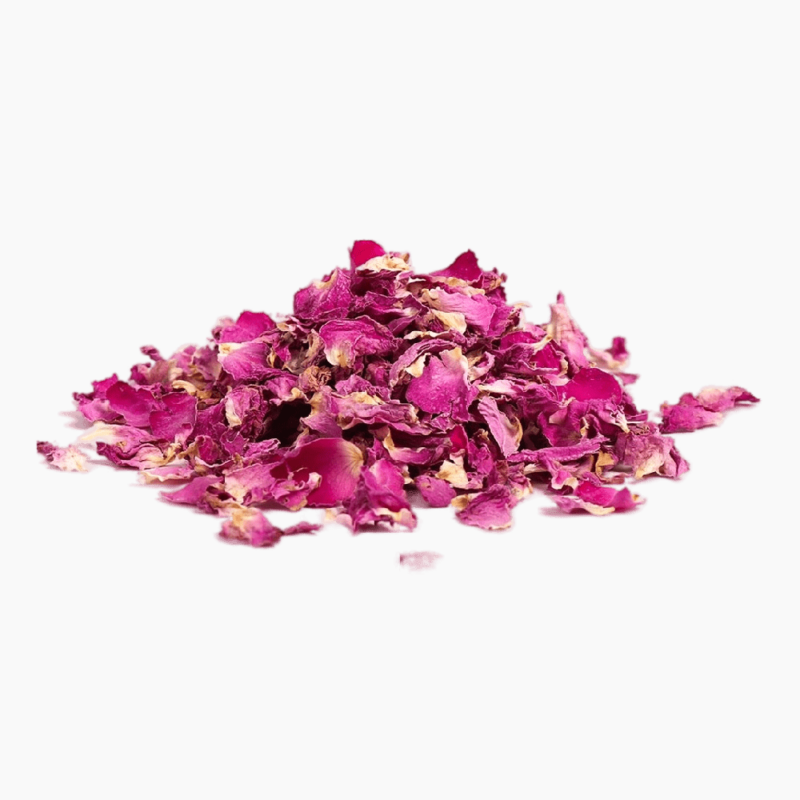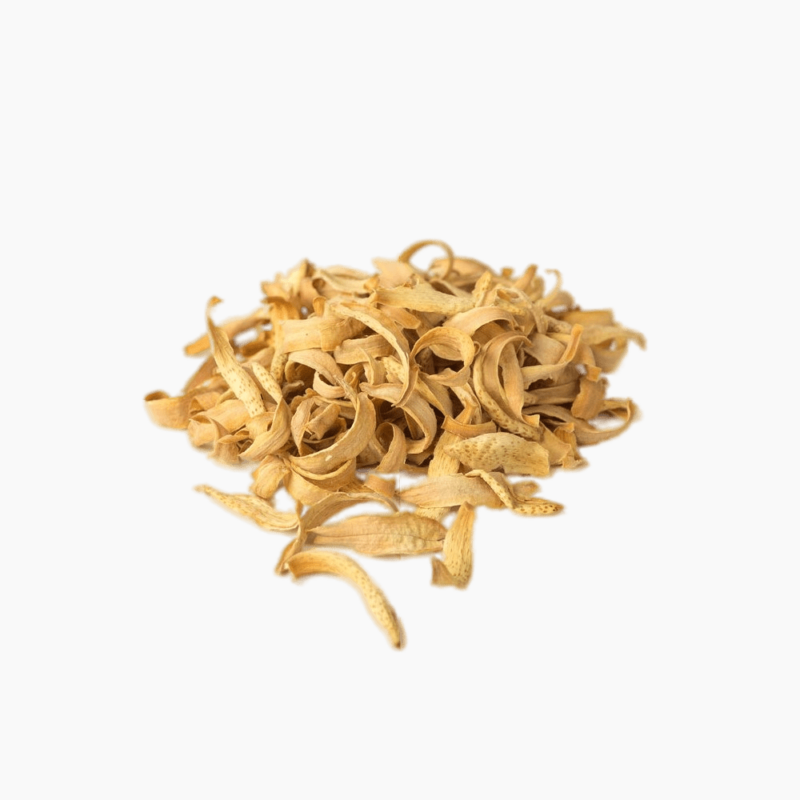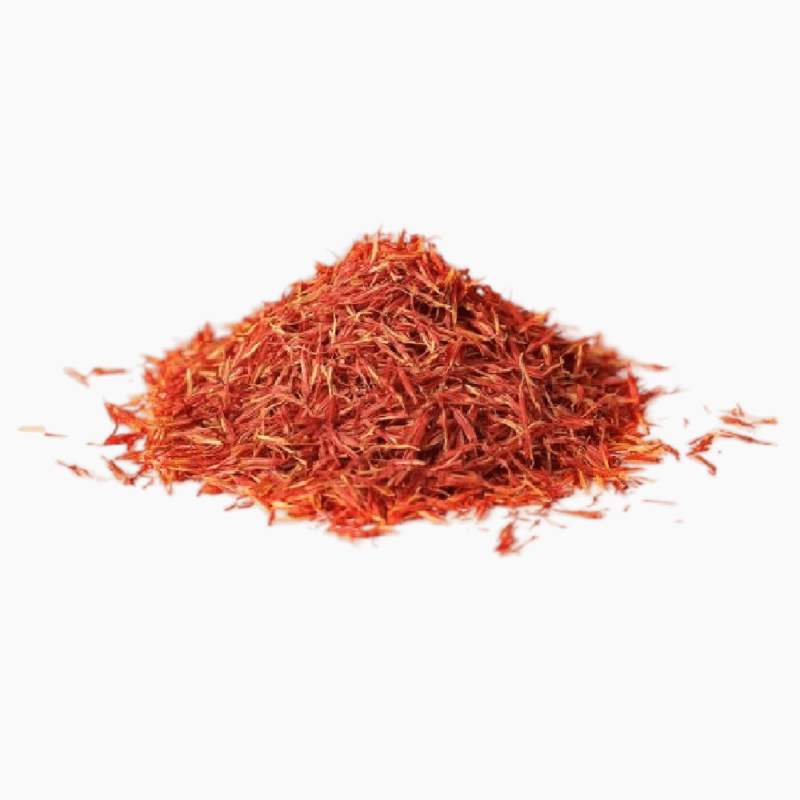Vanilla, the world's most popular and universally beloved flavor, originates from the orchid species Vanilla planifolia. Its cultivation, history, and multifaceted applications extend far beyond the realm of culinary arts, intertwining with medicine, perfumery, and even cultural rituals. This comprehensive exploration delves into the intricate characteristics, health benefits, and diverse uses of vanilla, unveiling its significance as a botanical marvel.
Botanical and Historical Overview
Vanilla, scientifically known as _Vanilla planifolia_, is a tropical orchid native to Mexico. The vanilla orchid produces pods, commonly referred to as beans, which contain the seeds and are the primary source of natural vanilla flavoring. The Aztecs were among the first to utilize vanilla, incorporating it into a beverage called "xocolatl" alongside cacao. With the Spanish conquest, vanilla was introduced to Europe, where it quickly gained popularity.
The cultivation of vanilla is a labor-intensive process. Each flower must be pollinated by hand, a task traditionally performed by the Melipona bee in its native habitat but managed by humans elsewhere. Post-harvest, the beans undergo a meticulous curing process involving blanching, sweating, and drying, which can take several months to develop the characteristic aroma and flavor.
Chemical Composition and Sensory Profile
Vanilla's distinctive flavor and aroma are primarily due to the compound vanillin, but the complex profile of vanilla includes over 200 other compounds. These include phenolic acids, alcohols, aldehydes, esters, and lactones, which contribute to its rich and multifaceted sensory experience. The balance of these compounds can vary depending on the origin, curing process, and age of the vanilla bean.
Health Benefits
Vanilla is not just a sensory delight but also possesses several health benefits. It has been traditionally used for its medicinal properties, and modern research supports some of these uses:
1. Antioxidant Properties: Vanilla contains high levels of antioxidants, which help neutralize free radicals and protect the body from oxidative stress. This can reduce the risk of chronic diseases such as cancer and heart disease.
2. Anti-inflammatory Effects: The compounds in vanilla, including vanillin, have demonstrated anti-inflammatory properties. This can be beneficial in reducing inflammation-related conditions such as arthritis and gout.
3. Neuroprotective Benefits: Some studies suggest that vanillin has neuroprotective effects, potentially aiding in the prevention of neurodegenerative diseases like Alzheimer's and Parkinson's.
4. Antimicrobial Properties: Vanilla has been shown to possess antimicrobial activity against a variety of pathogens, which can be useful in promoting oral health and preserving food.
5. Mood Enhancement: The pleasant aroma of vanilla has been found to have anxiolytic effects, helping to reduce stress and promote relaxation. This has been utilized in aromatherapy to improve mood and mental well-being.
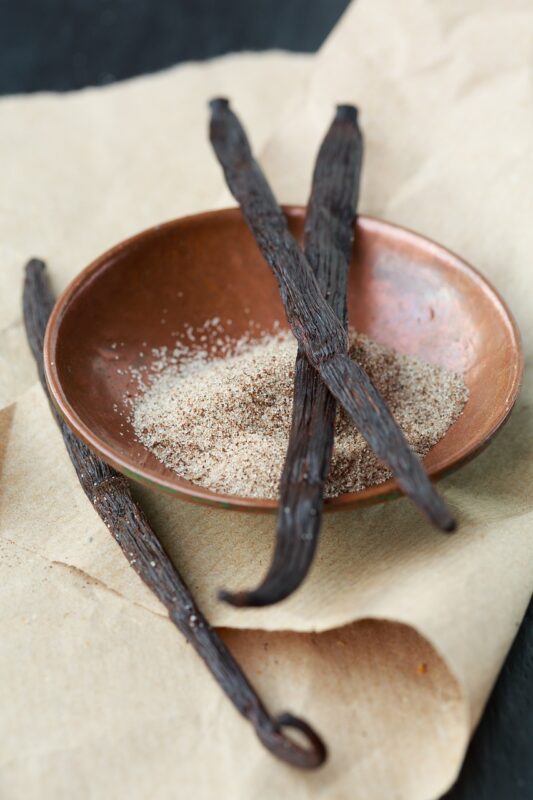
Culinary Applications
In the culinary world, vanilla is indispensable. It is a key ingredient in a wide array of sweet dishes, including ice cream, cakes, cookies, and custards. Its ability to enhance and balance flavors makes it a versatile component in both classic and innovative recipes. Vanilla is also used in savory dishes, especially in gourmet cuisines, where it adds a subtle sweetness and depth of flavor to sauces, marinades, and even seafood dishes.
Industrial and Commercial Uses
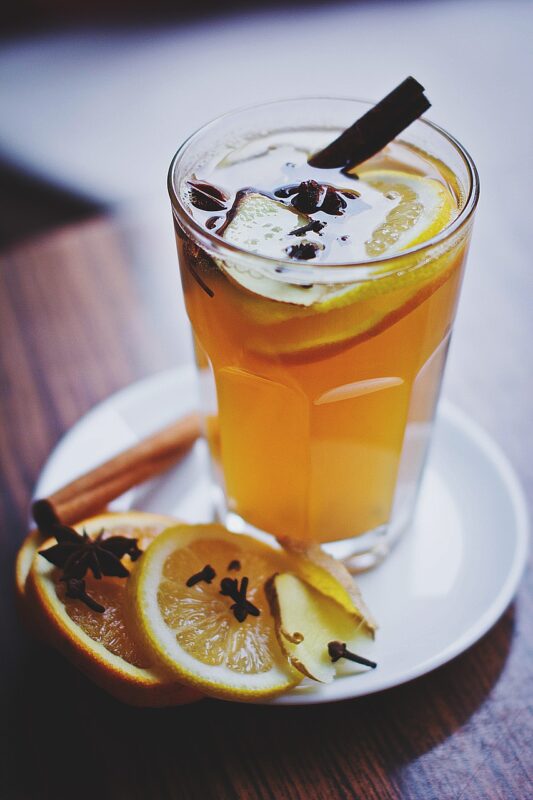
Beyond the kitchen, vanilla finds applications in various industries:
1. Perfumery: The warm, sweet, and comforting scent of vanilla makes it a popular base note in perfumes and fragrances. Its ability to blend well with other scents adds complexity and richness to perfumery compositions.
2. Pharmaceuticals: Vanilla is used in the pharmaceutical industry as a flavoring agent to mask the bitter taste of certain medications. Its soothing properties are also leveraged in some therapeutic formulations.
3. Cosmetics: Vanilla extract is incorporated into skin care products for its antioxidant and anti-inflammatory benefits. It is found in lotions, creams, and lip balms, where it imparts a pleasant fragrance and helps improve skin health.
4. Aromatherapy: Due to its calming effects, vanilla essential oil is a popular choice in aromatherapy. It is used in diffusers, massage oils, and bath products to create a relaxing atmosphere and alleviate stress.
Vanilla, with its rich history and diverse applications, is much more than a simple flavoring agent. Its complex chemistry, coupled with its therapeutic and sensory benefits, underscores its value as a botanical treasure. Whether enhancing the taste of our favorite desserts, soothing our minds through aromatherapy, or contributing to innovative indu

